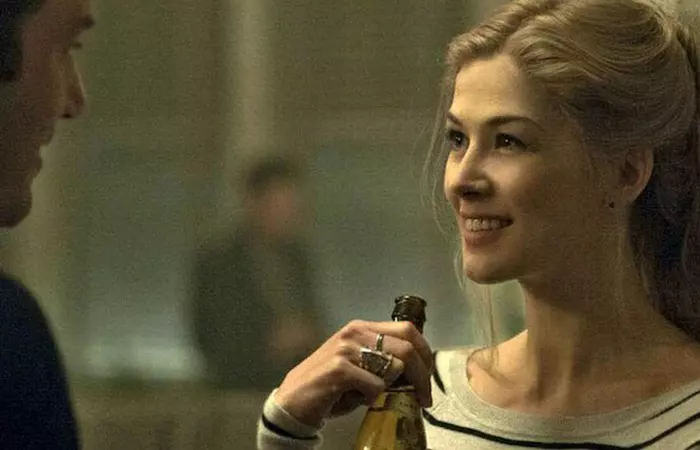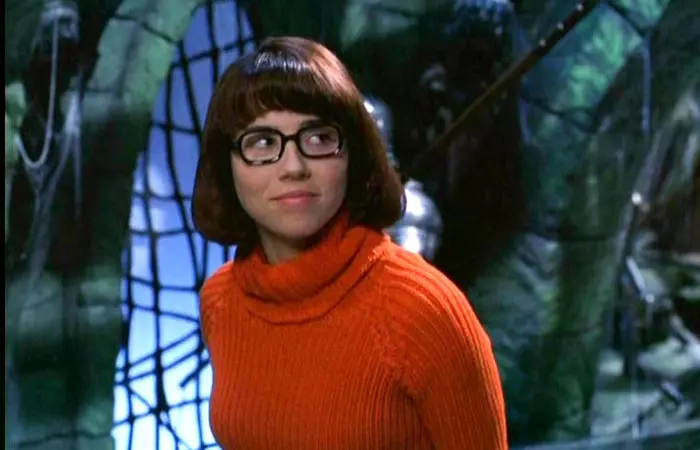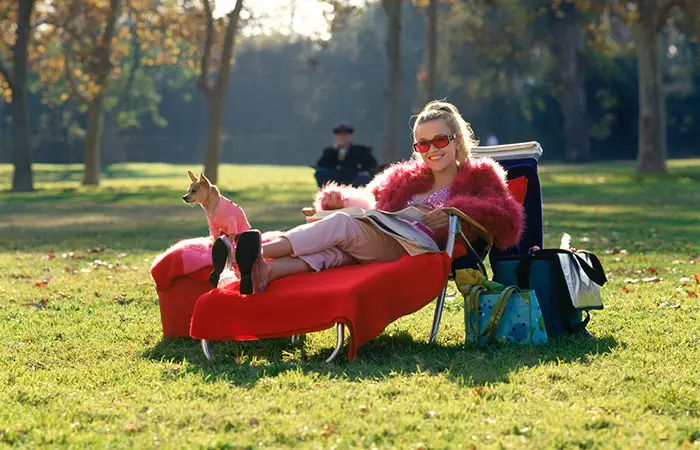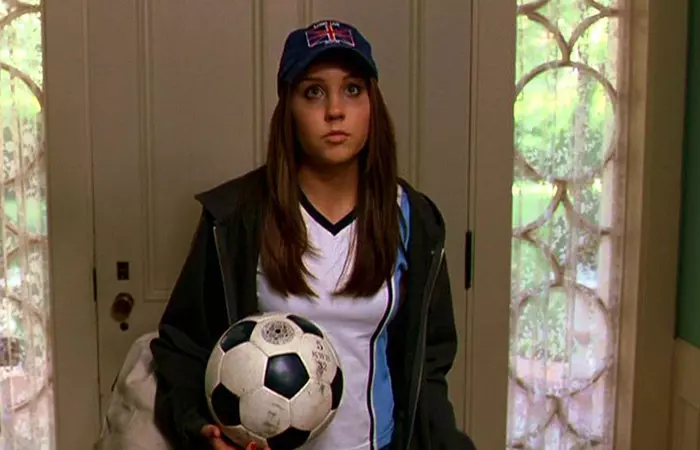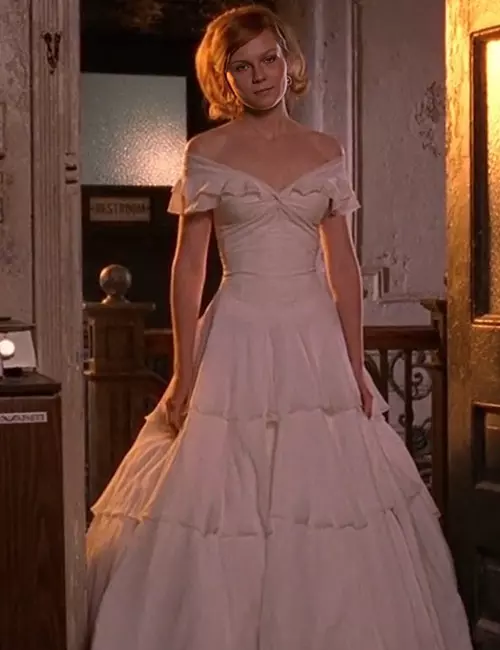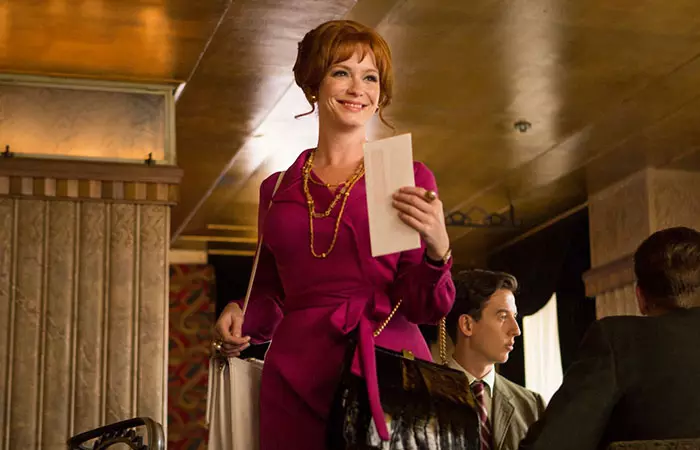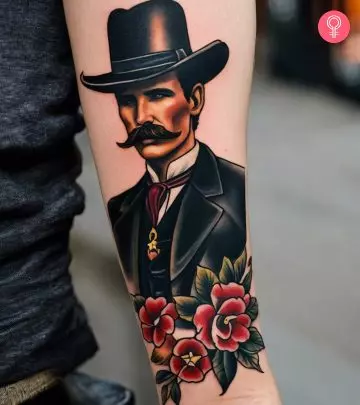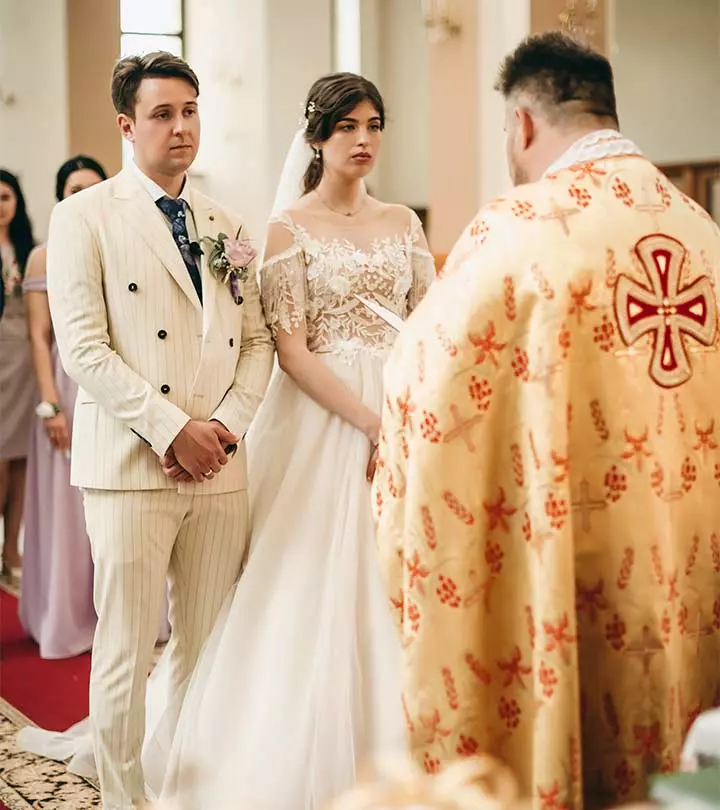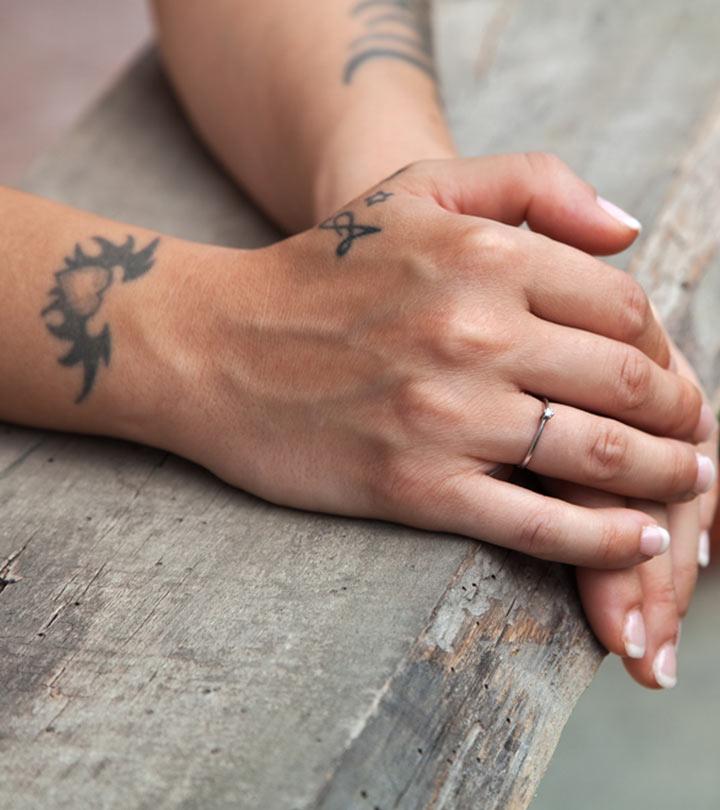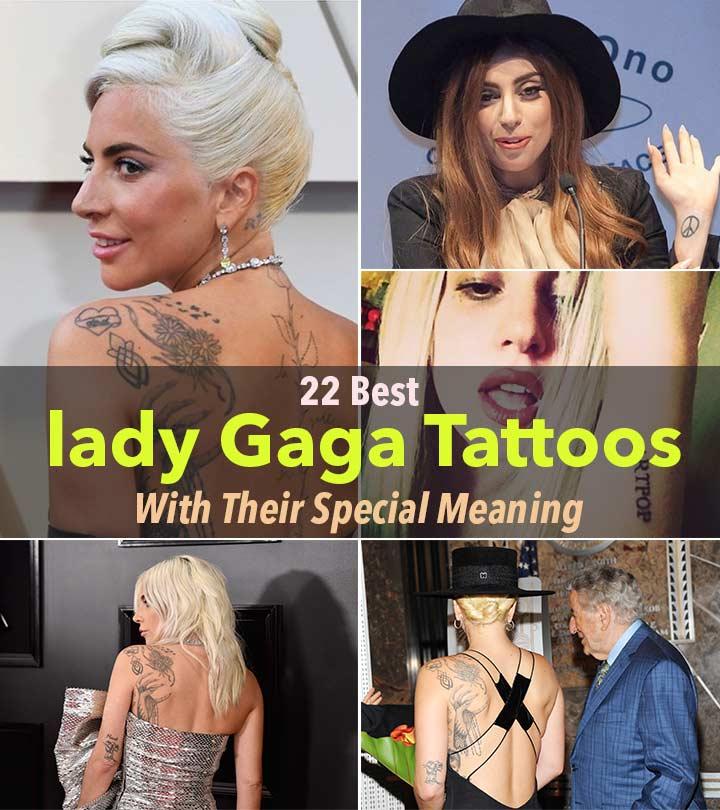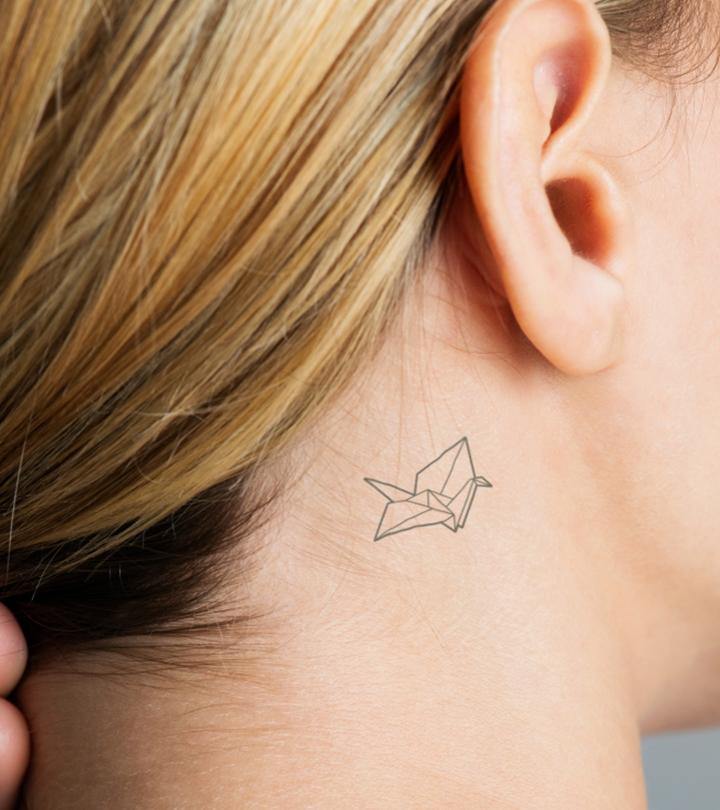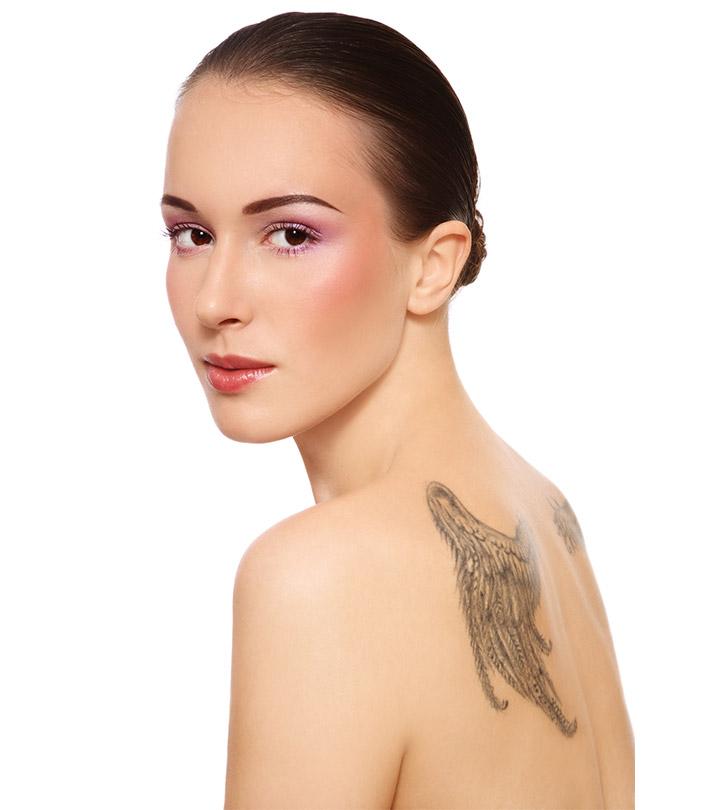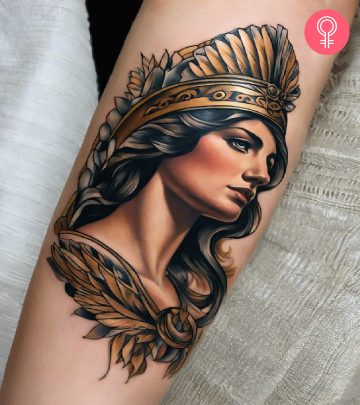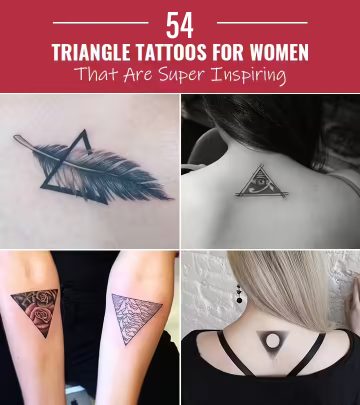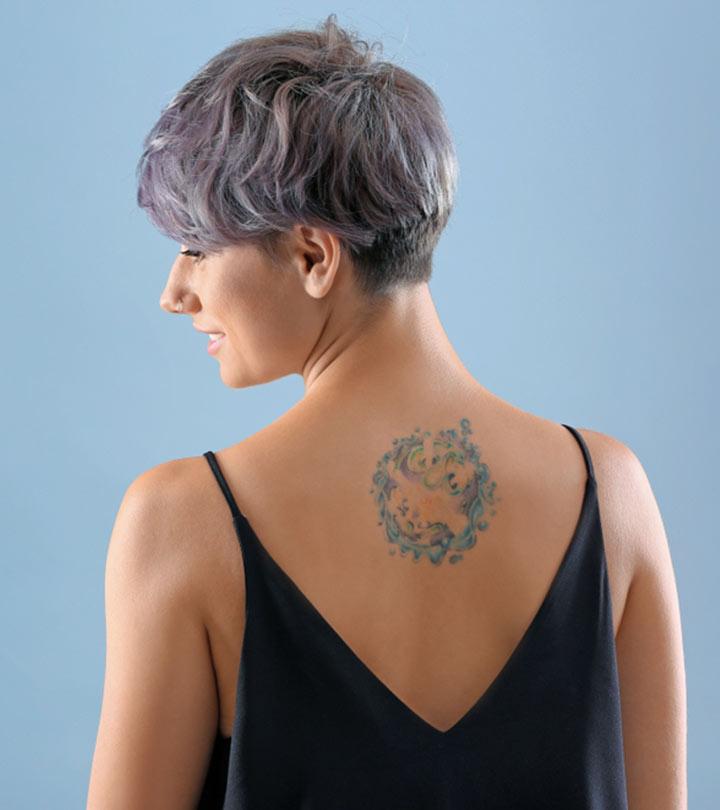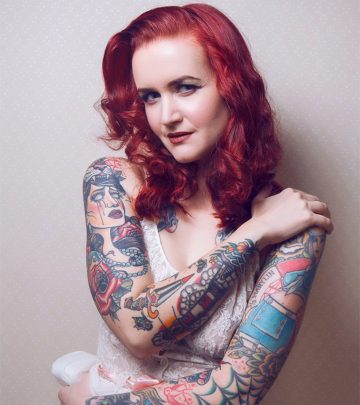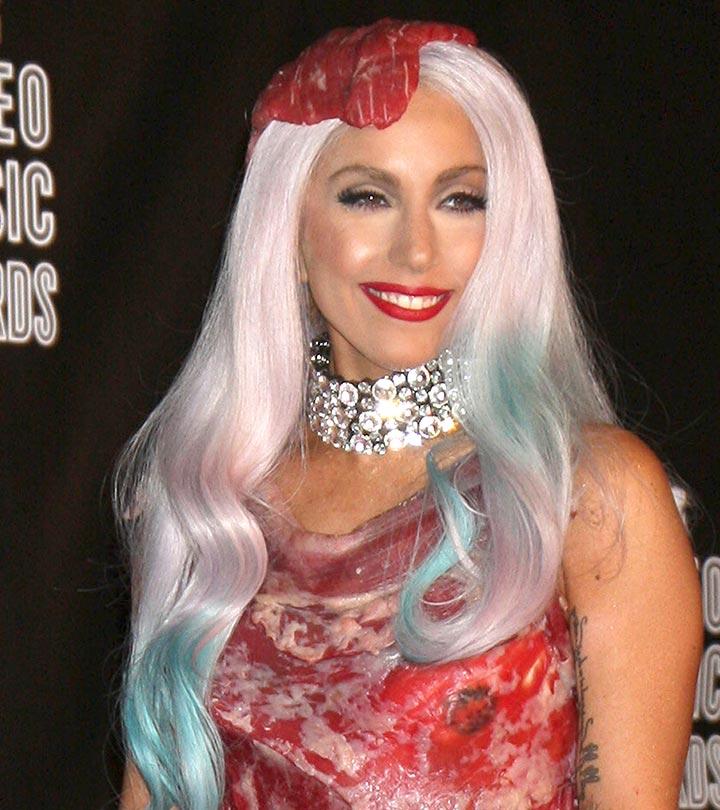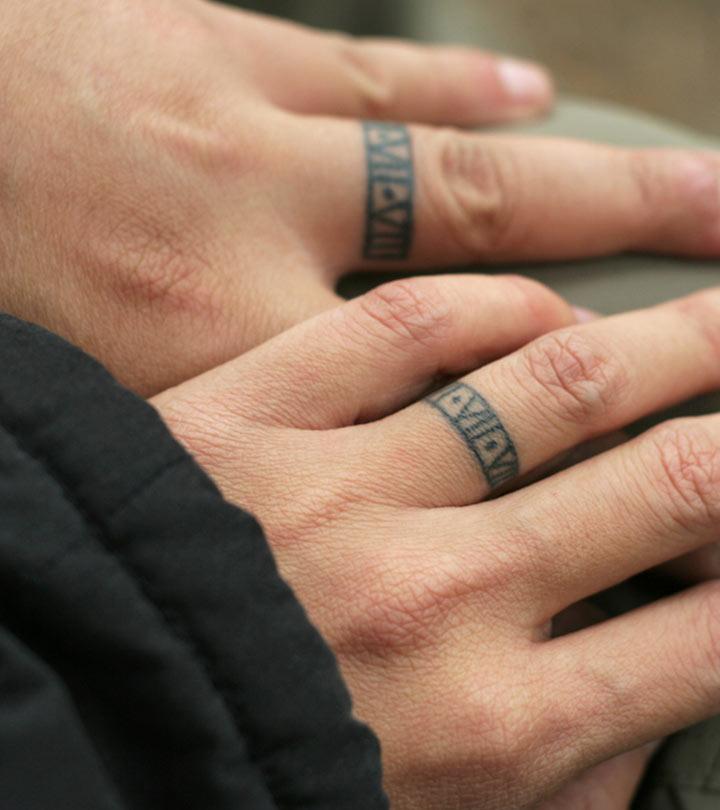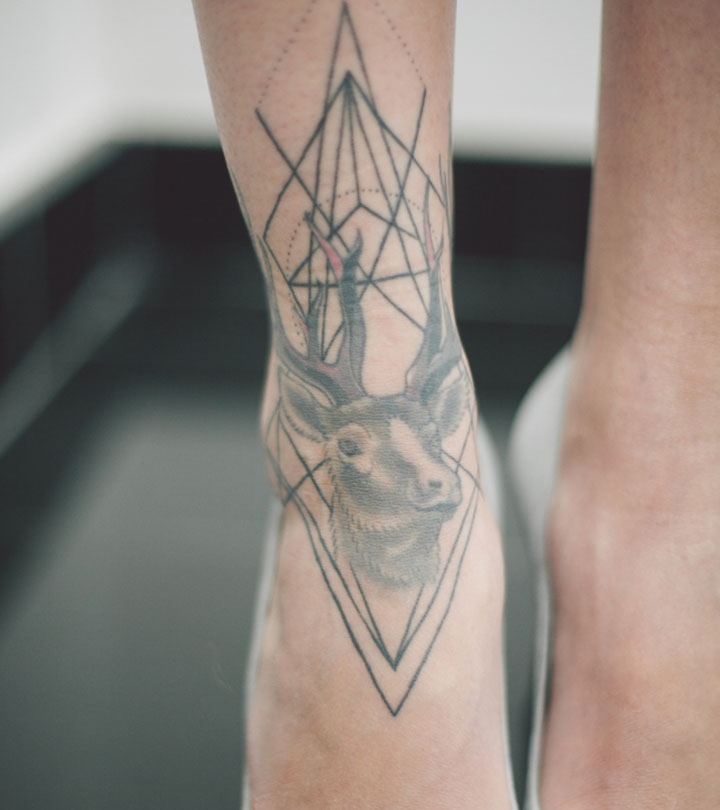10 Character Tropes Every Woman Falls Into (According To Modern Cinema)
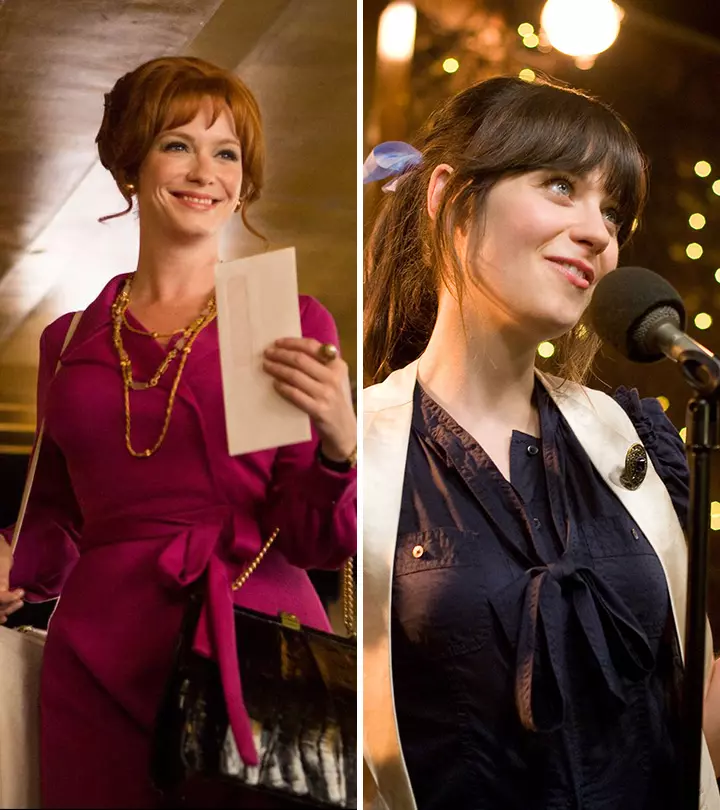
Image: Twitter
In modern cinema and pop culture, women have often been grouped together based on specific traits. Certain character tropes like the “nerdy girl”, the “cool girl,” and other tropes have been prevalent in modern cinema. Besides being grouped together, women are often pitted against one another. We often get to see a dichotomy between the sensual woman and the clever woman, the caretaker and the ambitious one, and so many more. The major problem is that people assume these traits are mutually exclusive. This, in turn, limits the way we perceive the women in our lives. These cinematic tropes are used as storytelling techniques and to further the plot of many films. When these tropes are applied to the average person, they turn into archetypes. An archetype is basically a type of character that is identified through traditional symbols or ideas about a person. We recognize a specific archetypal character based on our exposure to preexisting characters. We assume a “villain” looks a certain way while we picture another type of person when conjuring up a hero. So here are ten character tropes about women that exist in modern cinema:
1. The Cool Girl
One of the most popular sequences in modern cinema is from the David Fincher film, Gone Girl. In Gone Girl, the lead character, Amy Dunn, describes a particular type of woman in an emotional monologue. Amy refers to this type of woman as a “cool girl”. She’s uninhibited, fun, and has a naughty side. She enjoys traditionally masculine activities and looks incredibly fit despite eating “like a man”. She is masculine at times but feminine in all the right way, and most importantly, she’s different from other women. However, the harsh truth about the “cool girl” is that she is not real and is a myth. The cool girl only remains cool because of her low-maintenance attitude and “chill nature”.
2. The Mean Girl
Every high school had a “mean girl”. She ruled the hallways in high school and behaved like the school warden. If high school had a supervillain, it was the “mean girl”. While King Kong may have destroyed cities by force, Regina George from the film Mean Girls would break people’s spirits through a form of psychological warfare. Her character was loved as much as it was hated. Every one of us was scared of her, but we wanted to be like her. After all, she was the queen of the food chain.
3. The Tough Girl
A “tough girl” is a brave woman who is super tough and great at kicking butt. She is the opposite of a damsel in distress. She is not scared of facing deadly obstacles and is at the forefront and ready to face any trouble that crosses her path. She often is typecast in a motherly role (Uma Thurman in Kill Bill Volume 1 and Ellen Ripley in Alien).
4. The Manic Pixie Dream Girl
The Manic Pixie Dream Girl refers to a certain type of female character who is the whimsical romantic interest who has no agency of her own. Common examples that spring forth are Summer from 500 Days Of Summer and Ramona Flowers from Scott Pilgrim Vs. The World. Of course, not every quirky female character is a Manic Pixie Dream Girl (MPDG). The term is often misused, and as more and more people understand it, we can appreciate the character as an individual.
5. The Smart Girl
The smart girl troupe teaches us that we should never take our brains for granted. The smart girl is usually someone who is an outcast and is treated differently because she isn’t like other girls. In films like She’s All That and Clueless, we get to see the smart girl get turned into someone she is not through a “makeover”. One of the more popular brainy girl characters is Velma Dinkley from Scooby-Doo and Friends. Played by Linda Cardileni in the film series, Velma is intelligent, strong, and courageous and even finds herself in the arms of a love interest at the end of the film. We love how her intelligence is appreciated and properly acknowledged by the end of the film!
6. The Girly Girl
The Girly Girl is a character who is typically shown to be a bimbo and lacking depth, strength, and drive. She is the bang opposite of a tomboy and is often detested and underestimated by others for her feminine tastes. We see a classic girly girl in the film Legally Blonde. The lead, Elle Woods, is mistreated by her partner, judged by others for her personality, and faces plenty of trials and tribulations on her way to becoming a lawyer.
7. The Tomboy
The term tomboy is derived from the word “Tomcat”, which is used to refer to male cats. It is also used to describe women or girls who have behaviors that are commonly associated with men. She doesn’t conform to what other women do and takes pride in being someone who stands out. She is often similar to the cool girl in character and can either be insanely attractive, like Mikaela Banes in the Transformers series, or a pretty, but athletic character like Jess in Bend It Like Beckham or Viola Hastings in She’s The Man.
8. The “Crazy” Ex-Girlfriend
Women are commonly labeled as “crazy” when they get on the wrong side of men. Whether it is an ex-girlfriend, an ex-lover, a former crush to any woman in a man’s life, if she seems a little too keen, she can be labeled as a crazy ex-girlfriend. Craziness can be anything from a woman liking a man more than he wants her or an ex-love interest who ended the relationship on a sour note. Popular examples of this character trope in films are Jenny Johnson in My Super Ex-Girlfriend or Darla in Dinner For Schmucks.
9. The Girl Next Door
The girl next door is a character trope that is commonly found in Hollywood films and romantic stories; she is referred to like this due to her proximity to the lead character and is often his neighbor or childhood friend. They usually start as mutual friends and later develop romantic feelings for one another. She is the embodiment of a wholesome, kind, and down-to-earth character and is often unaware of her own unique beauty. The protagonist’s entire attraction towards her is built on her innocence and persona. An example of the girl next door is Mary Jane Watson from Spiderman. Played by Kristen Durst, Mary Jane is kind, simple, and madly in love with Peter’s character and much loved for it.
10. The Bombshell
The Bombshell is identified by her body, love for material things, and incredible hourglass curves. She is often objectified by men and the object of the male gaze’s desire. Popular bombshell characters include Jessica Rabbit in Who Killed Roger Rabbit? And Joan Holloway from the Mad Men series. We see characters like Joan and Jessica use their looks to their advantage and to get further in their careers and lives. The Bombshell is often mistaken for a bimbo, and people assume that they are not as intelligent or strong as they seem.
Women are often typecast in many roles. While some of these character tropes are positive, there are plenty that have some negative attributes. And in a way, that is what life is all about, isn’t it? Grey characters! Do let us know which of these character tropes is your favorite in the comment section below.


